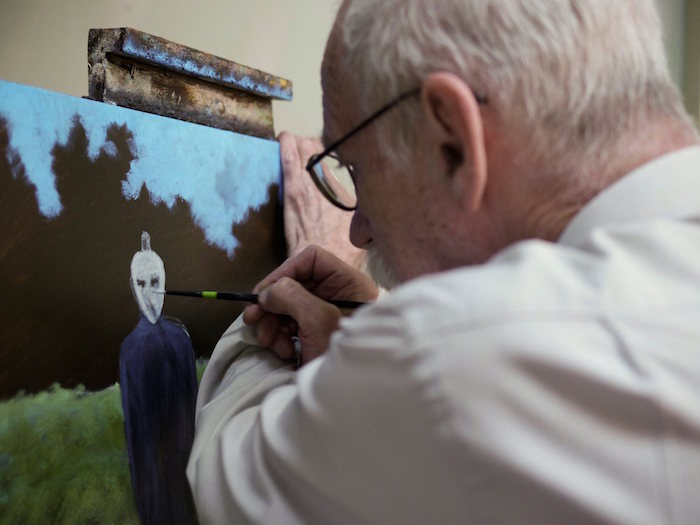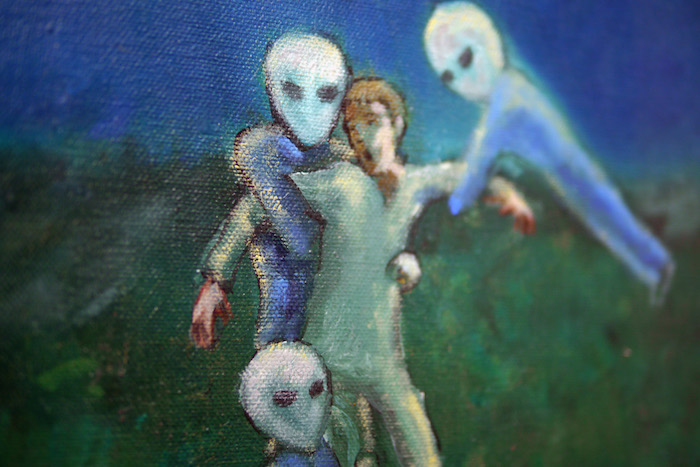HAVE YOU SEEN THE LISTERS?
 Thursday, January 25, 2018 at 11:04AM
Thursday, January 25, 2018 at 11:04AM Featuring: Anthony Lister, Anika Lister, Kye Lister, Lola Lister and Polly Lister.
Director: Eddie Martin.
Screened at Cinerama 3, on Monday January 29 as part of the 2018 International Film Festival Rotterdam (IFFR)
Rating: 4/5

In artist Anthony Lister, filmmaker Eddie Martin finds another profoundly talented but deeply troubled genius to bolster his rogue’s gallery of fascinating documentary subjects. Compiled from twelve terabytes of the artist’s own personal archives, Martin crafts an often buoyant, occasionally bleak but always vivid portrait of the magnificent creativity and heartbreaking personal detours that have shaped Lister’s young life.
A Brisbane lad who connected with his innate talent and unique artistry at an early age, Lister is etched as a young man both blessed by and burdened with a psychology borne out of his suburban roots. His upbringing in a divorced household meant a strong father figure was not present, the ramifications of which resonate through the thematic core of Martin’s film. He is quickly on that well-charted course of many young rebellious types – a fearless pursuit of identity, the grasping of a creative destiny yet to be clearly defined but craved above all else. And, of course, a life of shared living, lots of booze and occasional and increasingly prevalent drug use.
Lister’s life with apparent soul mate Anika seems to be one of spiritual and emotional connectivity, but his ‘self-obsessed, self-destructive artist’ persona becomes all-consuming. Martin’s punchy, pulsating version of the couple’s time together - from Brissy teen sweethearts, to NYC bohemians, to struggling parents in inner city Sydney – makes for bold and brilliant documentary construction (aided immeasurably by the consummate skill of cutter Johanna Scott).

In his highly-acclaimed past works, Martin has respectfully peeled away the street tough, rebellious genius image of such enigmatic talents as graffitist Justin Hughes (Jisoe, 2005); pugilist Lionel Rose (Lionel, 2008) and skateboarding brothers Tas and Ben Pappas (All This Mayhem, 2014). The insight he affords the troubled, driven inner workings of his working class heroes, and the dexterity with which he formulates their on-screen lives, is a rare commodity amongst the current factual filmmaking community.
In telling this tale, a narrative about a young man’s unforgiving and demanding talent and its impact upon the journey into fatherhood, Have You Seen The Listers? demands Martin, a remarkably skillful and empathetic storyteller, now be considered amongst the finest filmmakers working in Australia.
Read The SCREEN-SPACE Interview with Have You Seen The Listers? director Eddie Martin here.
 Art,
Art,  Australian film,
Australian film,  Documentary,
Documentary,  IFFR
IFFR 




